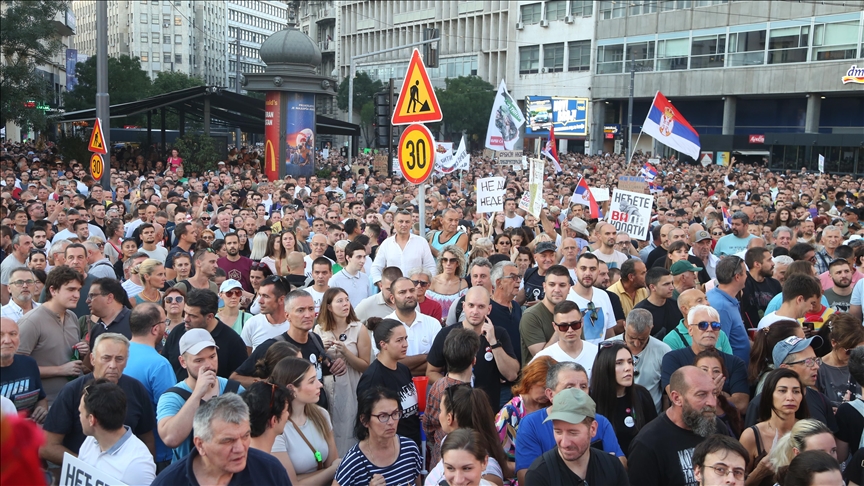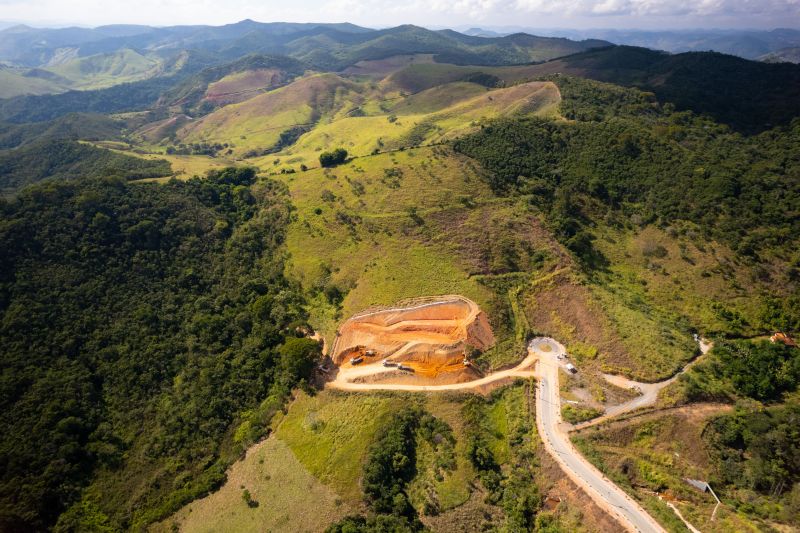The Mariana Dam disaster, which unfolded in November 2015, stands as a stark reminder of the fragility of our ecosystems and the profound impact of industrial negligence. As millions of cubic meters of toxic sludge spilled into the surrounding landscape, the consequences were devastating—not only for the local environment but also for the communities that depended on it.
In the midst of this catastrophe, the media emerged as a vital conduit of information, shaping public perception and accountability. News outlets, journalists, and citizen reporters took on the critical role of documenting the event, unraveling the complex layers of corporate responsibility while amplifying the voices of those most affected.
Through a mixture of investigative reporting, emotional storytelling, and real-time updates, the media not only chronicled the disasters immediate aftermath but also sparked widespread discussions about environmental policy and corporate ethics. Such coverage was essential, transforming a regional crisis into a global discourse on sustainability and safety, and highlighting the significant power media wields in times of crisis.
Initial Reporting: Timeliness and Accuracy

In the chaotic aftermath of the Mariana Dam disaster, the initial reporting by media outlets became a critical lifeline for those seeking to comprehend the scale of the tragedy. Timeliness was of the essence; news crews scrambled to the scene, capturing harrowing images of devastation and offering real-time updates that were essential for evacuations and emergency responses.
Yet, amid the rush to broadcast breaking news, the accuracy of the information disseminated became a profound concern. Early reports oscillated between sensationalism, which heightened public fear, and underreporting, which understated the disasters impact.
As conflicting narratives emerged and facts were often obscured, the challenge lay in striking a balance—providing swift news coverage while ensuring that it was grounded in truth. Such dynamics underscored the complex role of media in high-stakes situations, where every second counts, but every detail matters even more.
Types of Media Involved

The coverage of the Mariana Dam Disaster drew upon a vast array of media types, each contributing a unique perspective to the unfolding crisis. Traditional print journalism offered in-depth analyses and investigative reports, allowing readers to grasp the complexities of the situation with detailed accounts and expert opinions.
Meanwhile, television news provided visceral, real-time imagery of the aftermath, capturing the immediate emotional impact on affected communities and showcasing rescue operations. Social media platforms erupted with citizen journalism, as individuals shared firsthand experiences and emotional responses, rendering the disaster personal and relatable.
Additionally, podcasts and online documentaries emerged, weaving narratives that delved deeper into the environmental, social, and political ramifications of the dam failure. Together, these diverse media forms created a multifaceted portrayal of the disaster, engaging audiences and fostering a global dialogue about accountability and sustainability in the face of such tragic events.
Public Response and Engagement

In the aftermath of the Mariana Dam disaster, public response and engagement emerged as critical forces in shaping the discourse surrounding the tragedy. Individuals, communities, and environmental advocacy groups rallied to express their outrage through social media platforms, petitions, and organized demonstrations, creating a palpable sense of urgency and solidarity.
Some shared heart-wrenching personal stories of loss and devastation, while others focused on the broader implications of corporate negligence and environmental degradation. The diversity of voices—from impassioned activists to concerned citizens—highlighted not only the emotional weight of the disaster but also galvanized efforts for accountability and reform.
Traditional media outlets, struggling to find their footing amidst the chaos, often turned to these grassroots movements for insights, capturing the raw sentiments and demands of a populace unwilling to remain silent. As the narrative unfolded, it became increasingly clear that the publics collective engagement was as vital as official reports, framing a compelling call for change in both policy and corporate practices.
Conclusion
In conclusion, the media plays a pivotal role in shaping public perception and understanding of environmental disasters, as demonstrated by its coverage of the Mariana Dam disaster. Through comprehensive reporting, investigative journalism, and the amplification of affected voices, media outlets not only inform the public but also hold corporations and governments accountable for their actions.
The lessons learned from the Samarco dam disaster highlight the importance of transparency and the need for robust regulatory frameworks to prevent future tragedies. As our society navigates increasingly complex environmental challenges, the medias commitment to diligent reporting will be essential in fostering awareness, driving action, and advocating for justice for those impacted by such catastrophic events.


